Architect Álvaro Siza squares the circle with a swimming pool-inspired watch for Lebond
Álvaro Siza’s minimalist, square watch design – the Siza Lebond – pays homage to his 1966 Leça swimming pool
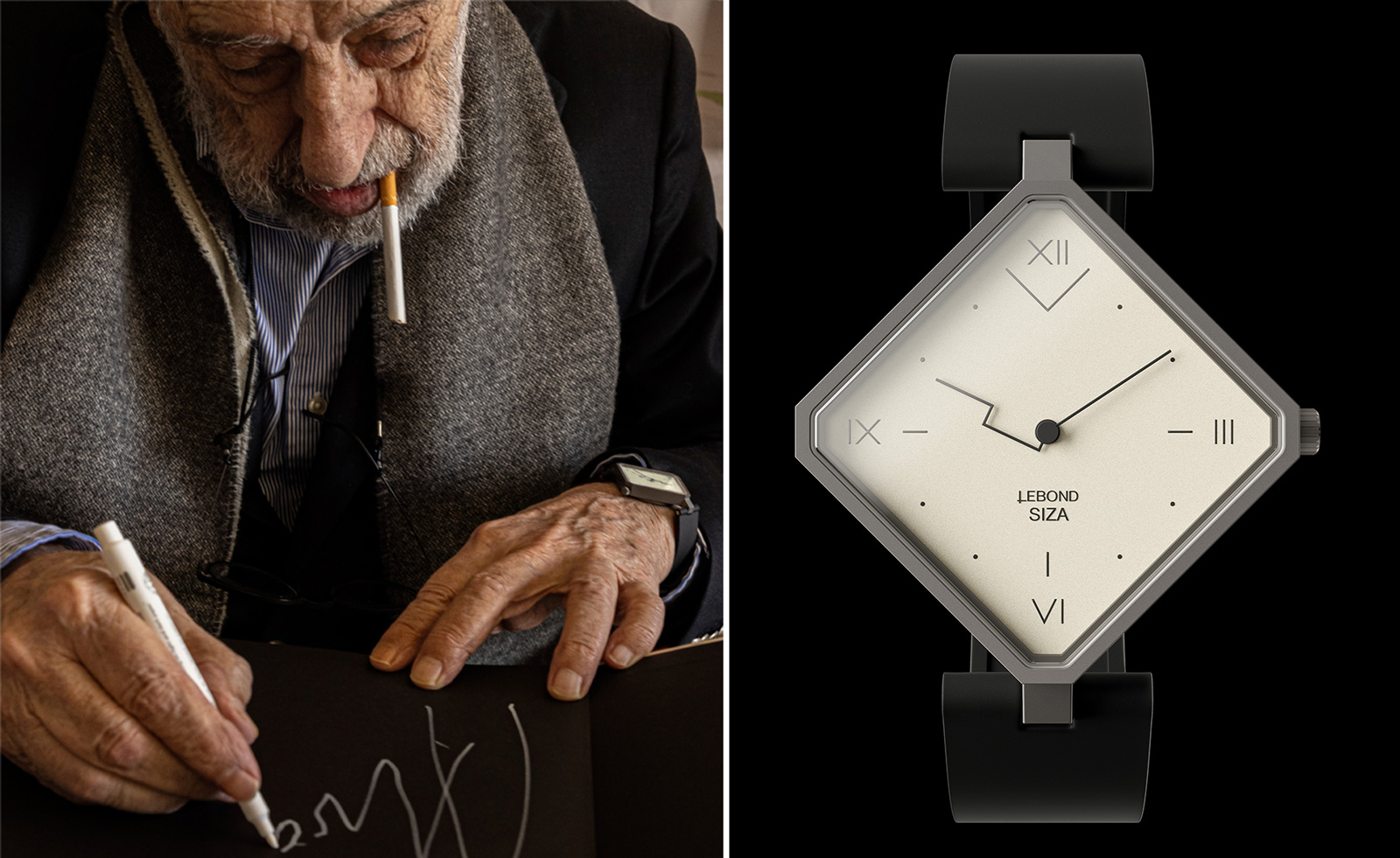
Architect Álvaro Siza takes inspiration from the Leça swimming pool he designed in Portugal in 1966, at the age of 28, for the new watch he has created with independent watch brand Lebond Watches. The distinctive case shape of the Lebond Siza mechanical automatic watch nods to the pool’s original square outline, while the watch hands pay tribute to the minimalist restroom signs Siza has referenced throughout his career. ‘It will be my Sunday watch,’ he says of the elegant wristwatch in titanium.
Here, Lebond Watches founder Asier Mateo tells us about the creative process behind the timepiece.
The making of Álvaro Siza’s square watch
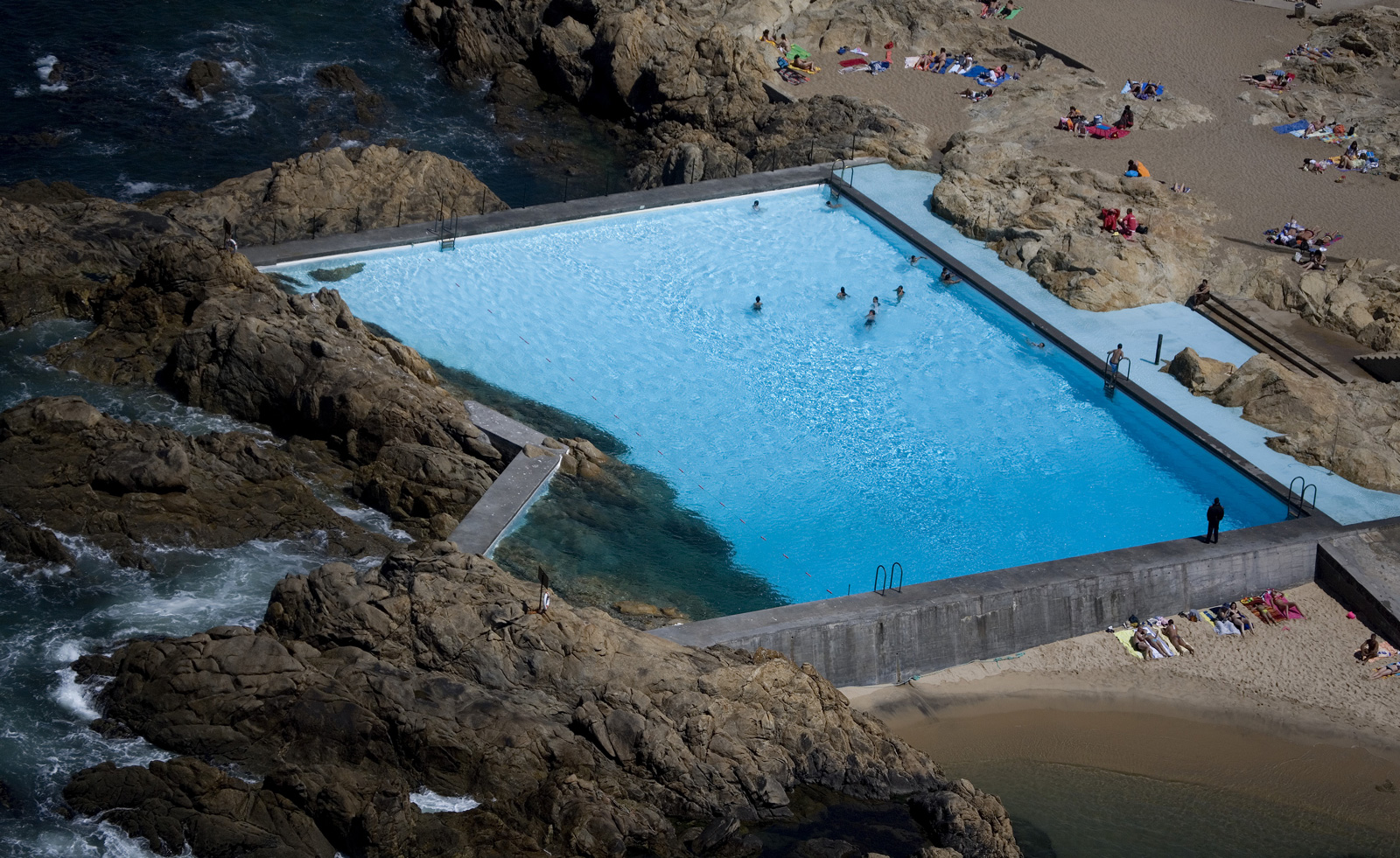
The Leça da Palmeira swimming pool, Portugal
Wallpaper*: Why did you want to work with Álvaro Siza on this project?
Asier Mateo: As an architect, I am deeply inspired by the poetic architecture of Mr Siza. Also, his ability to create captivating designs and his remarkable talent for hand sketches and portraits have always fascinated me. Furthermore, what truly sets Mr Siza apart is his vast experience in the field. With nearly 70 years dedicated to architecture, he has become a venerated figure and a guiding light for three generations of architects.
W*: What was it like to work together?
AM: The experience was both pleasant and fascinating. Mr Siza is extremely gentle, and this trait extends to the entire studio. He has a clear vision and demonstrates excellent proficiency in managing dimensions and proportions. The final watch is exactly how he wanted it to be. When we travelled to Porto to present him with the final watch, he was very excited. Additionally, I found his ‘old school’ approach to communication quite enjoyable. He attached scanned sketches and personally signed letters to his emails. I keep all of them as treasures.
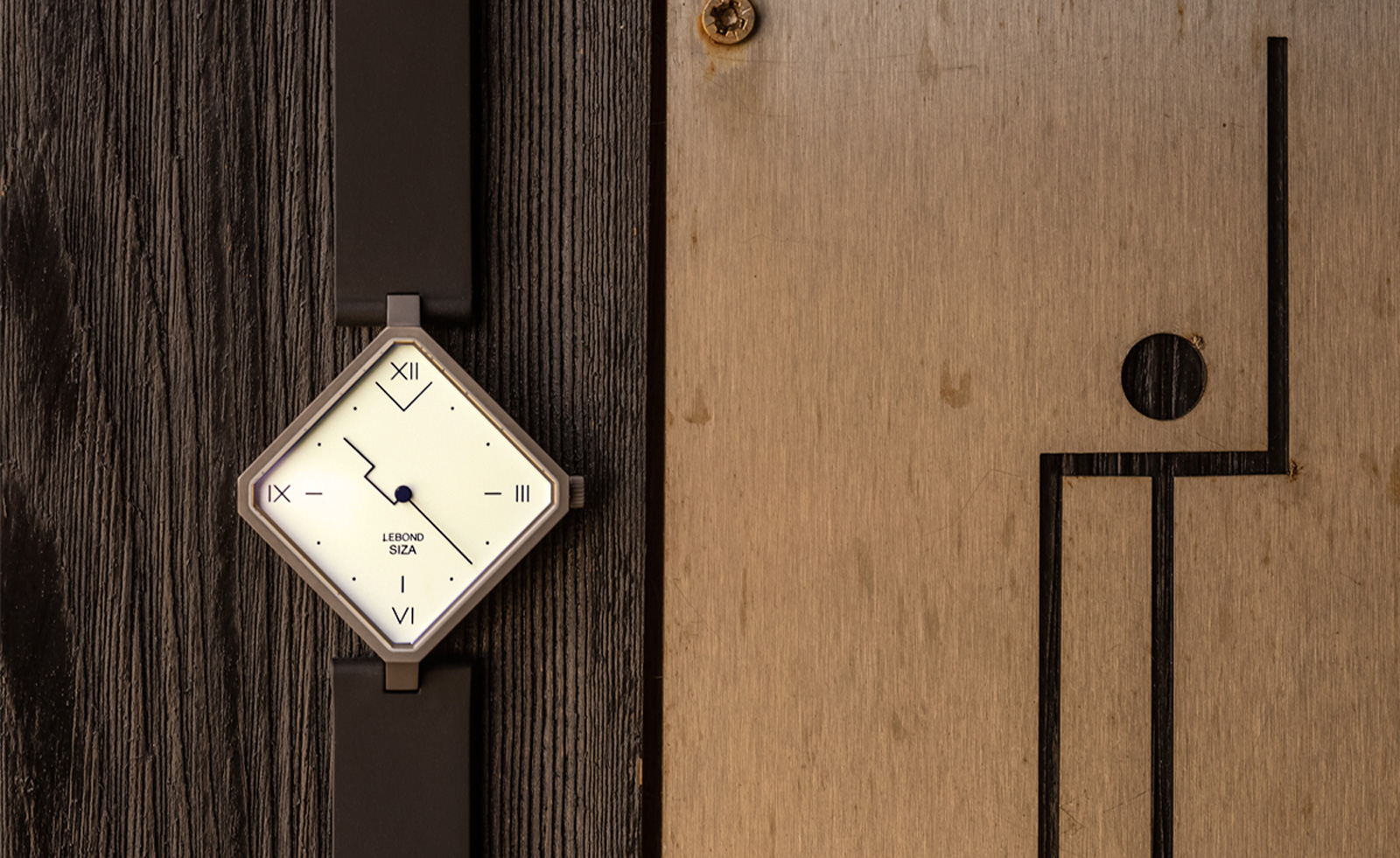
W*: What were the main challenges you encountered?
Receive our daily digest of inspiration, escapism and design stories from around the world direct to your inbox.
AM: I must confess that I was shocked when he presented the schematic design. He expressed his desire to create something distinct, mentioning that ‘there already exist many beautiful round watches and he wanted to create something different’. I thought to myself, ‘Different, yes, but a tilted square?!’ Nevertheless, without hesitation, I placed my trust in him and offered my encouragement to proceed. Once you know the significance behind the unconventional shape of the case and hands, the watch becomes much more special. However, this atypical casing required an extensive technical development process, involving the creation of multiple prototypes, to ensure its comfort when worn on the wrist.
W*: How would you describe the design of the watch?
AM: As Mr Siza stated, ‘the watch is sophisticated and elegant’. I agree with him, but I would like to emphasise that it is also very light (since the material used is titanium grade 5) and surprisingly comfortable.
Hannah Silver is the Art, Culture, Watches & Jewellery Editor of Wallpaper*. Since joining in 2019, she has overseen offbeat art trends and conducted in-depth profiles, as well as writing and commissioning extensively across the worlds of culture and luxury. She enjoys travelling, visiting artists' studios and viewing exhibitions around the world, and has interviewed artists and designers including Maggi Hambling, William Kentridge, Jonathan Anderson, Chantal Joffe, Lubaina Himid, Tilda Swinton and Mickalene Thomas.
-
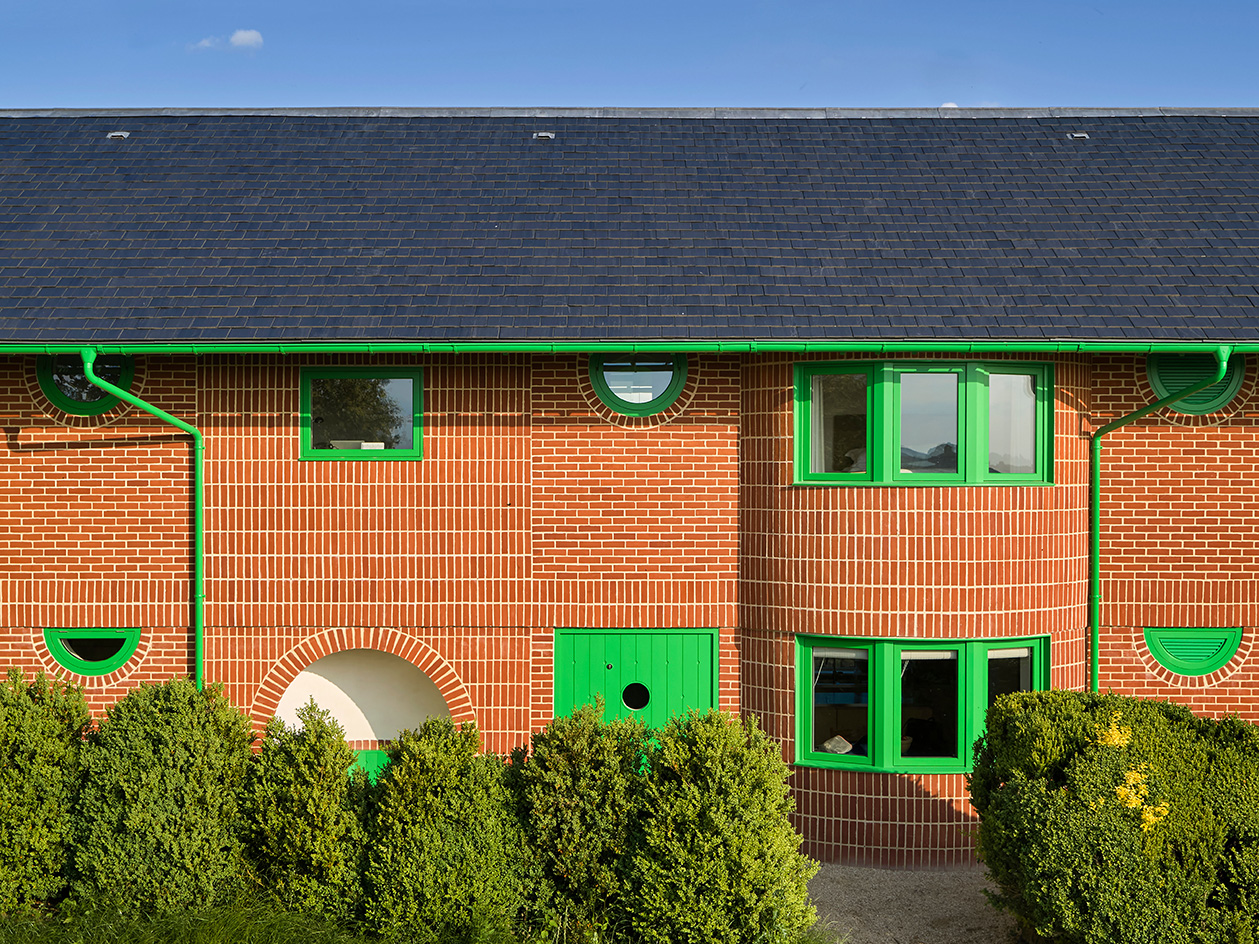 David Kohn’s first book, ‘Stages’, is unpredictable, experimental and informative
David Kohn’s first book, ‘Stages’, is unpredictable, experimental and informativeThe first book on David Kohn Architects focuses on the work of the award-winning London-based practice; ‘Stages’ is an innovative monograph in 12 parts
-
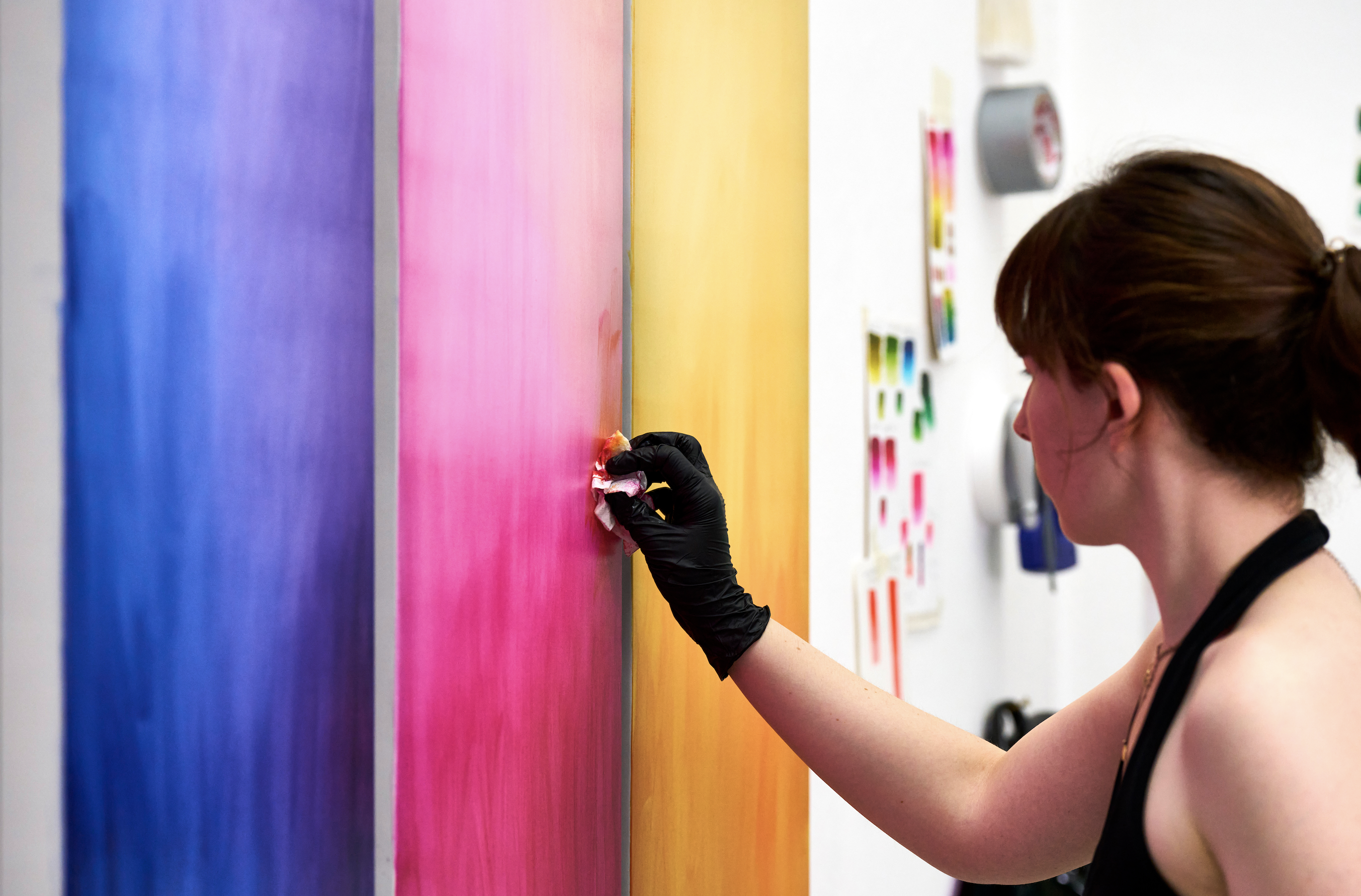 Jaguar spotlights five emerging artists in its inaugural Arts Awards
Jaguar spotlights five emerging artists in its inaugural Arts AwardsThe new Jaguar Arts Awards in partnership with London’s Royal College of Art embody a shared drive to nurture new talent; meet the 2025 winners
-
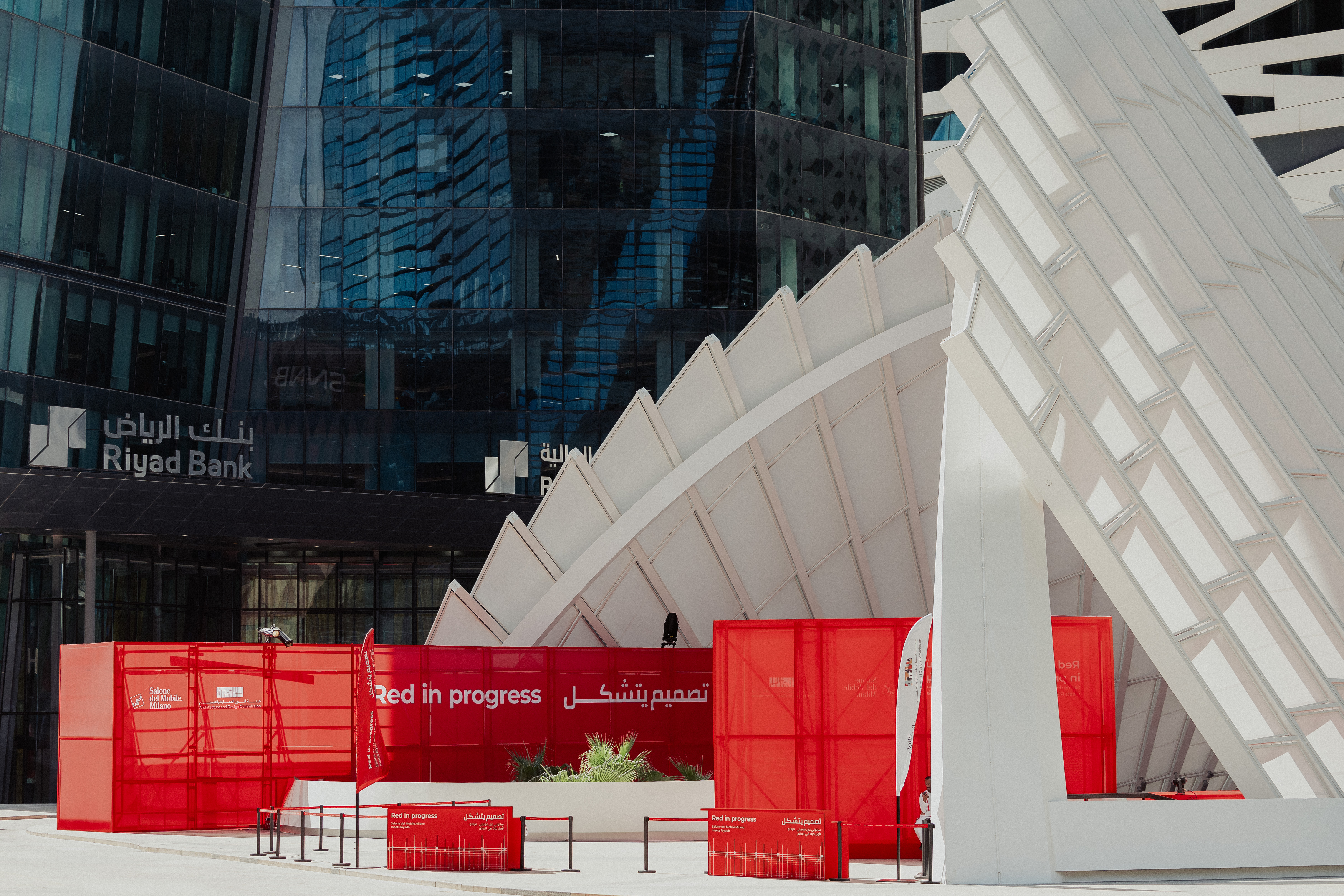 ‘Locally anchored and globally conversant’: Salone del Mobile debuts in Saudi Arabia
‘Locally anchored and globally conversant’: Salone del Mobile debuts in Saudi ArabiaSalone del Mobile lands in Riyadh (26-28 November 2025), bringing its creative and manufacturing know-how to one of the world’s fastest-growing markets and setting the stage for Italo-Saudi design relations